Bleaching In Iran
Why Tooth Whitening in Iran?
White and shiny teeth are one of the most important factors in a beautiful smile. In bleaching, discolored teeth regain their natural white color.
An Overview of Bleaching in Iran
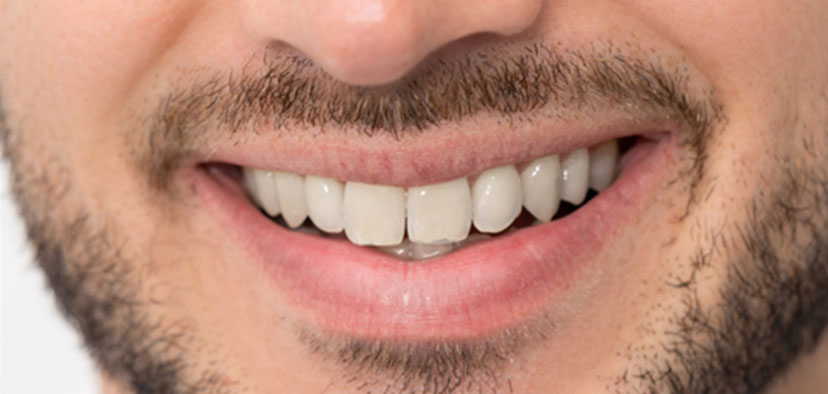

Dental bleaching is a treatment that is used to whiten the color of teeth. It is a common practice to use materials such as hydrogen peroxide and carbamide peroxide in this method.
You can undergo teeth whitening through two distinct methods: at home and in the office. In this treatment, there is no machining the teeth; hence, when the only reason for going to the dentist is to whiten your teeth, bleaching or teeth whitening is the most suitable treatment recommended.
Bleaching is one of the beauty treatments applied to enhance smiles. The beauty of the teeth is the most important factor in having a pretty smile. In many cases, teeth whitening alone has a tremendous effect on a person’s appearance.
Performing this treatment effectively requires speciality, knowledge and experience. We have gathered a group of experienced dentists graduated from the most prestigious universities of the country in Medpaltrip.
In this article, we are going to answer questions about secrets of bleaching, teeth whitening in dentistry, types of bleaching, methods of dental bleaching, advantages and disadvantages of bleaching and post-bleaching care.
Cost of Dental Bleaching in Iran
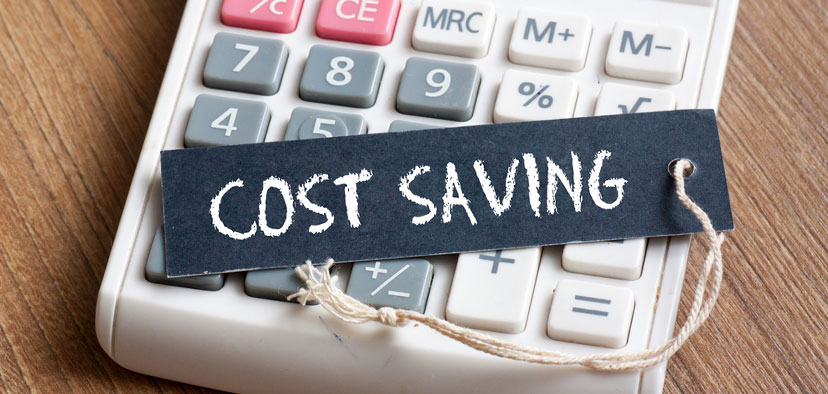
In Iran, dentists perform dental bleaching under the supervision of cosmetic dentists to ensure the highest quality of treatment. The materials, equipment and techniques used in this treatment in Iran are exactly the same as in other leading countries in the field of dentistry, with the only difference being the cost of this treatment which is significantly lower. In Medpaltrip, we help you receive the best services at the lowest cost.
The cost of teeth whitening is dependant on a variety of factors, such as:
- Pre-treatment tests and examinations;
- The skill and expertise of the dentist;
- The specific technique;
- Number of sessions required.
In general, the cost of dental bleaching for each jaw is according to the following table:

Why We Need to Whiten Our Teeth
Teeth often change color due to several factors including:
- Intermittent use of colored foods such as puffs, tea and coffee;
- Tobacco use;
- Not having good oral hygiene and formation of too much dental plaque;
- Severe and intermittent gum inflammation and bleeding;
- Aging;
- Fluorosis that is caused by too much fluoride at an early age;
- Excessive use of certain antibiotics.
The following are the most common methods for teeth whitening:
Dental Scaling
In this method the dentist restores the color of the teeth to the pre-plaque-formation color.
Laminate or Porcelain Veneer
This technique involves machining the surface of the tooth and covering it with a thin layer of ceramic material called porcelain veneer.
Composite Veneer
Composite veneers cover the tooth surface with a composite that may also require dental machining.
Dental Crowns
These are ceramic materials that are placed on decayed teeth.
Bleaching
In this method, by placing compounds such as hydrogen peroxide on your teeth, their color becomes whiter, which we will discuss in this article.
Take note that your dentist selects the most suitable treatment according to your teeth and your own expectations of treatment.
What is Dental Bleaching?
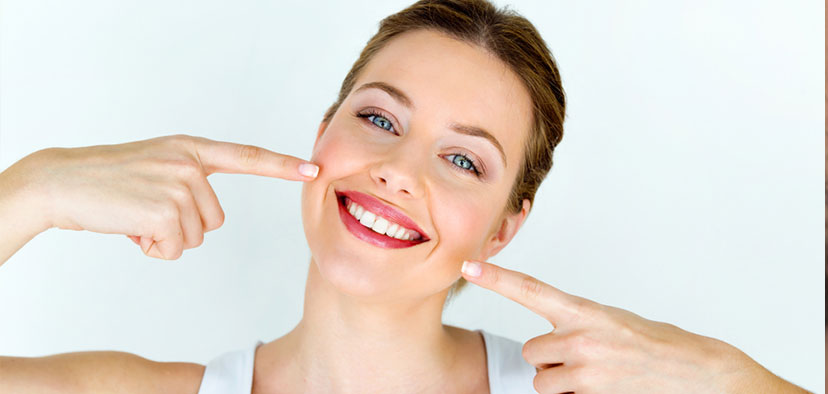
Bleaching gels are a common method for dental bleaching. The gels used in these two methods differ in composition and concentration. They contain activated hydrogen or carbamide peroxide which and produce free radicals when placed on the teeth. These radicals cause teeth to turn white. In this way, the color of your teeth becomes a few degrees lighter than they were previously.
Advantages of Dental Bleaching in Iran
One of the most influential factors in people’s social acceptance is the color of their teeth especially when smiling or talking. It is clear that brighter teeth help to make your smile more attractive. The effect of tooth color on social relationships and self-esteem is apparent to everybody. This has led to regular visits to dentists for teeth whitening. Due to the high demand for dental bleaching in Iran, it is specifically taught professionally in the universities of the country. This has made Iranian dentists to have specialized knowledge and experience in this field. The expertise and skill of Iranian dentists, along with the low cost of dental treatments in this country, has made Iran a suitable destination for receiving this cosmetic treatment.
Who is It Not For?
In general, there is no specific prohibition for teeth whitening, however it is better to consult with your dentist if:
- The discoloration of your teeth is due to fluorosis or the use of antibiotics, as the result of the treatment may not be what you desire;
- Your teeth are sensitive or have been allergic to previous bleaching treatment;
- You are pregnant or breastfeeding. Treatment during this period may lead to having allergies or gum problems;
- There is no study that shows the materials used in dental bleaching to be harmful for infants, however it is often recommended to wait for this treatment until after breastfeeding;
- Dental bleaching for children is best done after permanent teeth have fully grown. 14 years of age is a good age for this treatment.
Preoperative Preparations
- The dentist first examines your teeth and determines their natural color.
- Your teeth may need scaling or cleaning. In this case, your dentist will carry out these treatments before teeth whitening.
- Be sure to brush your teeth before bleaching your teeth at home.
How Dental Bleaching Is Done in Iran
There are two ways for dental bleaching in Iran:
In Office:
- To do this, the dentist first covers the surface of the gums and the soft tissue of the mouth so that the bleaching gel does not come into contact with these areas.
- The dentist will then apply the bleaching gel on your teeth and rinsed off in ten to fifteen minutes. He will repeat this several times.
- Depending on the extent and cause of the discoloration, you may need to see your dentist several times.
- After one to two weeks, you can see the final result of your treatment.
- Teeth whitening with this method takes about an hour.
Laser Teeth Whitening
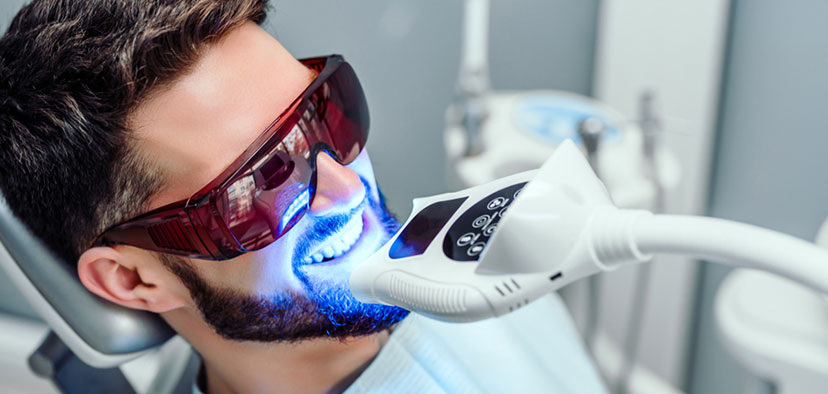
In this method, bleaching gel and laser are used simultaneously. The laser speeds up the activation process of the ingredients in the bleaching gel. As a result, laser teeth whitening is faster. Also, the heat energy of the laser leads to deeper bleaching into the layers and multiplies its effect.
At-Home Dental Bleaching
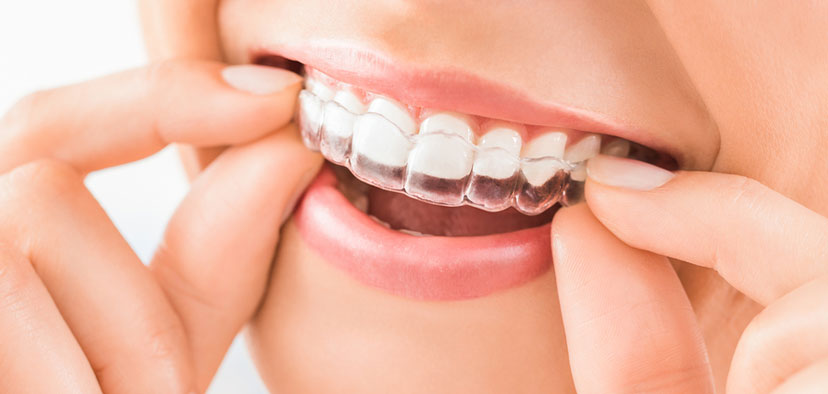
- For this procedure, the dentist first creates a mold of your teeth and sends it to the laboratory. Based on this mold, a transparent cover, called tray, is made for your teeth. This tray fits the shape and size of your teeth. It is to accommodate the bleaching gel.
- The dentist will then prescribe a bleaching gel and inform about its directions.
- Bleaching brightens your teeth to a certain degree. The amount of discoloration of your teeth after bleaching depends on various factors, including the type of pigment and type of your teeth.
In Medpaltrip we make sure the services you receive are on par with the ones from the most advanced countries.
Postoperative Care
- Do not smoke or eat pigmented foods for up to two days.
- To extend the life of your oral health treatment, avoid smoking, tobacco, and foods containing pigments.
- If you have sensitive teeth, you can use anti-allergic toothpaste.
- Brush your teeth after at-home bleaching.
Possible Side Effects
Dental bleaching is a safe way to whiten teeth and usually does not damage the teeth. However, it may cause some temporary side effects, including:
- Tooth sensitivity which is temporary and resolves within two weeks after treatment. See your dentist if your tooth sensitivity does not go away during this time.
- Damage to the gums and soft tissue caused by contact of the bleaching gel with the soft tissue and they are usually reversible and do not cause any particular problem. In such cases, you can use baking soda, antiseptic ointment and other medications according to your dentist’s instructions.
How long does tooth bleaching last?
In answer to this question, it should be said that the lifespan of this method depends on the following:
- The primary material and color of your teeth;
- How to take care of your teeth and the level of hygiene;
- Lifestyle such as smoking as well as diet such as excessive consumption of tea, coffee and pigments can reduce teeth whitening;
However, in general, to have white teeth, you have to repeat the treatment every once in a while. Depending on the dentist, that is usually every one to two years.
